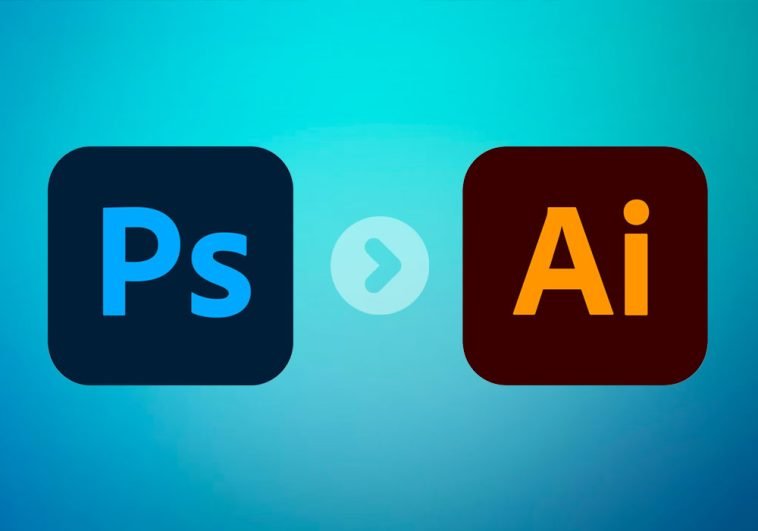Introduction.
When it comes to submitting passport photos, adhering to the specified size requirements is crucial to ensure your application is accepted.
Adobe Photoshop provides a convenient and precise way to size your passport photos, allowing you to meet the specific dimensions and composition guidelines required by passport authorities.
Whether you’re preparing a photo for a new passport application or renewing an existing one, understanding how to size a passport photo in Photoshop will help you create a professional and compliant image.
In this guide, we will walk you through the step-by-step process of sizing a passport photo in Adobe Photoshop.
We will cover the essential techniques to ensure your photo meets the required dimensions, resolution, and composition.
From setting up the canvas and resizing the image to adjusting the proportions and cropping, we will provide you with the knowledge and skills to confidently size your passport photo using Photoshop.
By the end of this tutorial, you will have a solid understanding of how to size a passport photo in Photoshop, empowering you to create accurate and high-quality images that meet the strict requirements of passport authorities.
So, let’s delve into the world of passport photo sizing and discover the techniques that will help you present a professional and compliant image using Adobe Photoshop.
How Do I Size a Passport Photo In Photoshop?
Sizing your passport photo accurately is crucial to ensure your application is accepted and to avoid any delays or rejections.
Adobe Photoshop provides a powerful and precise toolset that allows you to size your passport photo according to the required dimensions, resolution, and composition.
In this article, we will guide you through the step-by-step process of sizing a passport photo in Adobe Photoshop, enabling you to create a professional and compliant image.
Step 1: Understand the Size Requirements.
Before you begin, familiarize yourself with the specific size requirements for passport photos in your country or region. Generally, passport photos need to adhere to specific dimensions such as width, height, and aspect ratio.
Additionally, there may be guidelines regarding background colour, head size, facial expression, and other composition elements.
Step 2: Set Up the Canvas.
Open Adobe Photoshop and create a new document by going to File > New. In the “New Document” dialogue box, enter the required dimensions for your passport photo.
Make sure to set the resolution to a minimum of 300 pixels per inch (PPI) for high-quality printing. Set the background colour to white or any other required colour.
Step 3: Import and Resize the Photo.
Import your passport photo into Photoshop by going to File > Open or by dragging and dropping the image into the canvas.
The photo may be larger or smaller than the required dimensions, so you need to resize it accordingly. Select the “Move” tool from the Tools panel, and click on the image to activate the transform controls.
Hold the Shift key to maintain the aspect ratio, and drag the corner handles to resize the image until it fits within the canvas.
Step 4: Adjust the Proportions.
To ensure accurate proportions of your face, select the “Crop” tool from the Tools panel. In the Options bar at the top, enter the desired width and height for your passport photo. Make sure the “Aspect Ratio” option is set to “Unconstrained.”
Position the crop overlay to include your face and any required composition elements, such as the top of your head and shoulders. Press Enter or click the checkmark icon to apply the crop.
Step 5: Fine-Tune and Save.
Review the resized and cropped passport photo to ensure it meets all the size requirements and composition guidelines.
Make any necessary adjustments to the position, size, or rotation of the image. Once you’re satisfied, go to File > Save As and choose an appropriate file format (such as JPEG) and location to save your resized passport photo.
Conclusion.
Sizing a passport photo accurately is crucial to ensure a smooth passport application process. By following the step-by-step process outlined in this article, you can size your passport photo with precision using Adobe Photoshop.
Remember to understand the size requirements, set up the canvas, resize the photo, adjust the proportions, and fine-tune the image.
With practice and attention to detail, you’ll be able to create professional and compliant passport photos that meet strict guidelines.
So, embrace the power of Photoshop, adhere to the size requirements, and confidently submit your accurately sized passport photos for a hassle-free passport application or renewal process.






GIPHY App Key not set. Please check settings